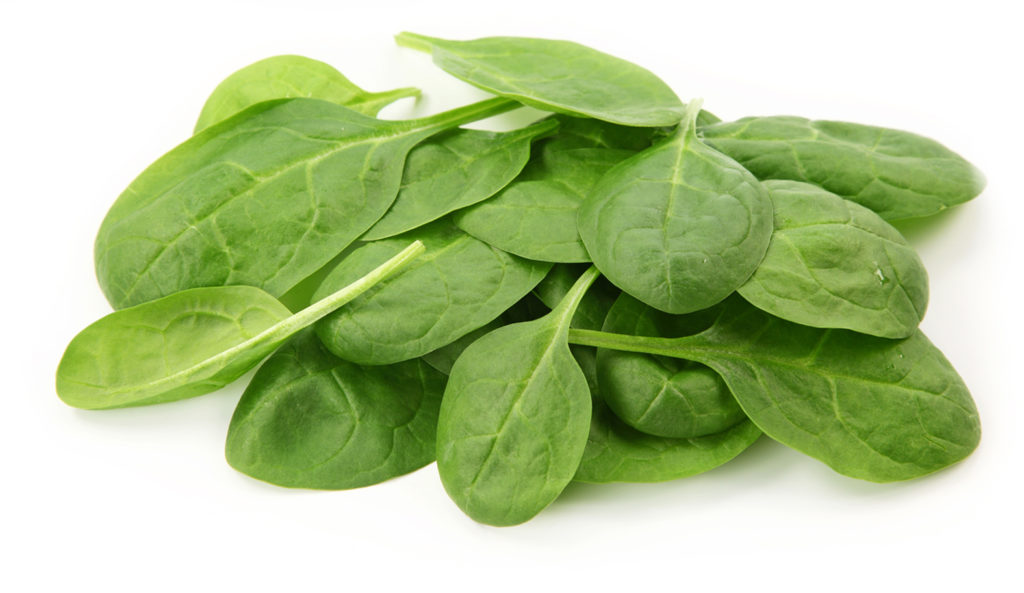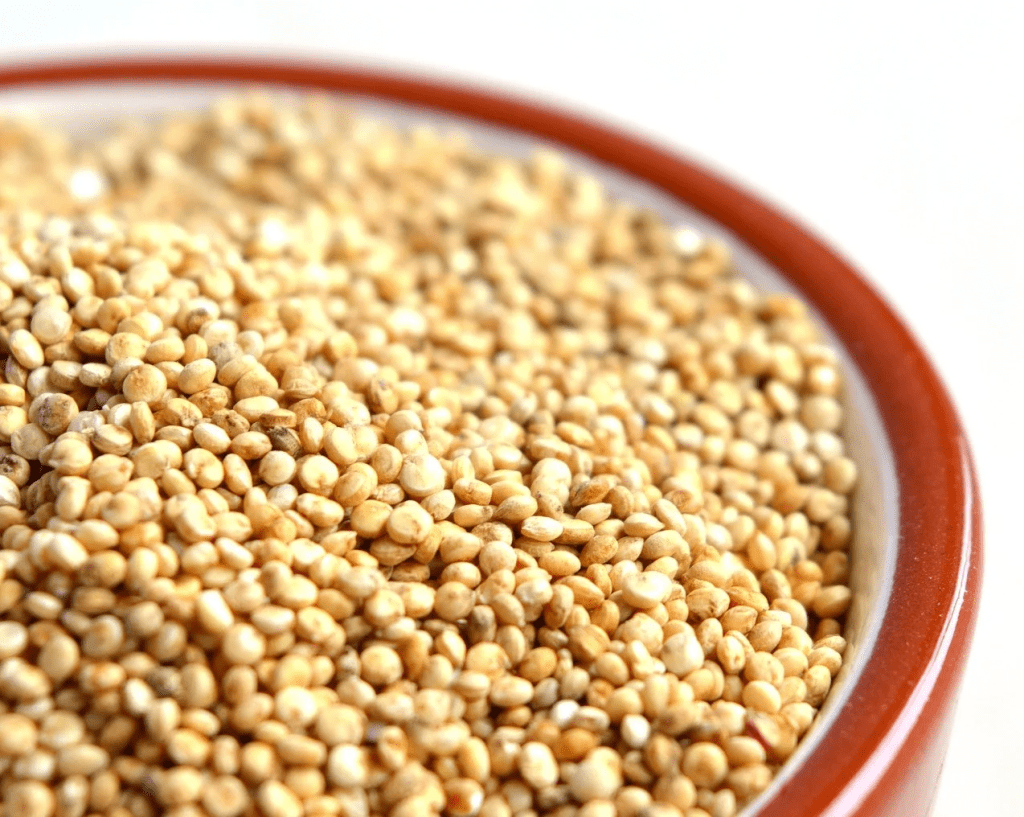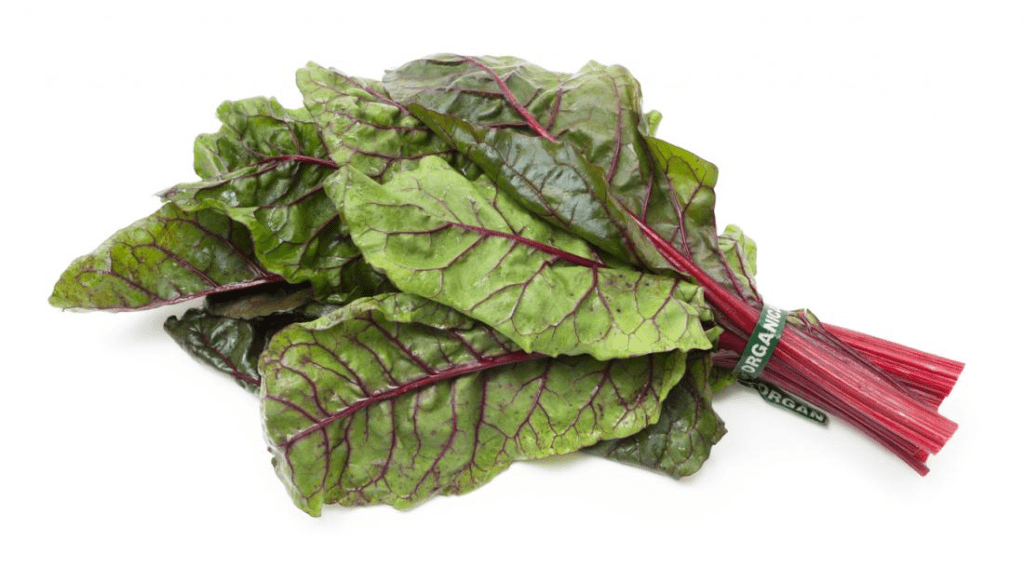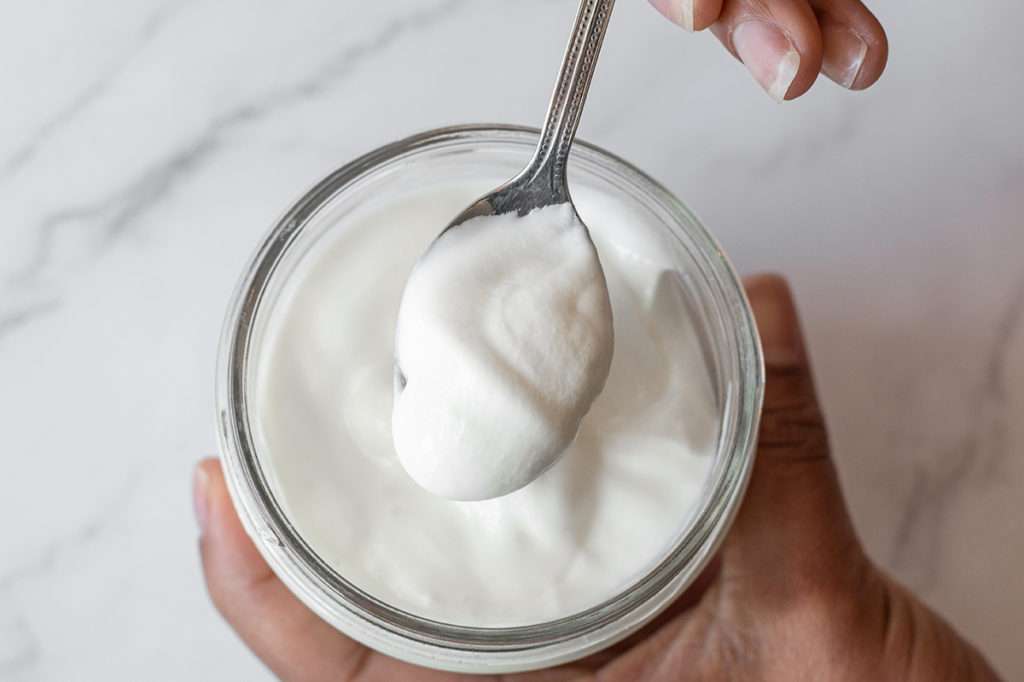Magnesium is a powerhouse mineral that plays an essential role in keeping your body functioning optimally. From supporting nerve and muscle function to regulating blood pressure and boosting your immune system, magnesium is a vital nutrient. Unfortunately, many people don’t get enough of it in their diets, which can lead to deficiencies. Symptoms like muscle cramps, fatigue, and even elevated blood pressure may arise when magnesium levels are too low.
To help you boost your magnesium intake, we’ve compiled a list of 11 magnesium-rich foods that not only taste great but also offer numerous health benefits. Let’s dive into these nutrient-packed options that can easily become part of your daily meals.
1. Spinach: A Nutrient-Dense Superfood

Spinach stands out as a magnesium-rich leafy green, providing about 79 milligrams of magnesium per cup when cooked. Beyond magnesium, spinach is packed with iron, calcium, and essential vitamins such as A and C. Its versatility allows you to toss it in smoothies, add it to salads, or simply sauté it as a side dish. Including spinach in your diet not only helps you meet your magnesium needs but also promotes overall health due to its nutrient-dense profile.
2. Almonds: A Perfect Snack for Energy and Nutrition
Almonds are an excellent source of magnesium, with 76 milligrams per ounce. This crunchy snack is also rich in healthy fats, protein, and fiber, making it a great option to keep you energized throughout the day. Almonds are known for their cardiovascular benefits, particularly in helping to lower cholesterol levels. You can enjoy them on their own, add them to yogurt, or sprinkle them over salads for a satisfying crunch.
3. Avocado: A Creamy Magnesium Boost
Avocados are more than just a trendy toast topping—they are loaded with essential nutrients. A medium-sized avocado contains around 58 milligrams of magnesium. In addition to magnesium, avocados are high in heart-healthy fats, fiber, and potassium. They can easily be incorporated into salads, blended into smoothies, or enjoyed on whole-grain toast for a delicious and nutritious meal.
4. Dark Chocolate: A Guilt-Free Indulgence
Yes, chocolate can be healthy! Dark chocolate with a high cocoa content (70-85%) provides about 64 milligrams of magnesium per ounce. Beyond its magnesium content, dark chocolate is rich in antioxidants, which help reduce inflammation and support heart health. When choosing dark chocolate, opt for low-sugar varieties to maximize the health benefits while satisfying your sweet tooth.
5. Black Beans: A Fiber-Rich Powerhouse
A cup of cooked black beans offers an impressive 120 milligrams of magnesium. These legumes are also a fantastic source of fiber and protein, making them a staple in plant-based diets. Black beans can easily be added to soups, stews, tacos, or salads, offering a nutrient boost and helping you meet your magnesium requirements.
6. Pumpkin Seeds: Small but Mighty
Pumpkin seeds may be tiny, but they pack a punch when it comes to magnesium. Just one ounce of pumpkin seeds provides a whopping 168 milligrams of magnesium. They’re also rich in antioxidants, healthy fats, and fiber. You can enjoy pumpkin seeds as a quick snack or sprinkle them over your oatmeal, yogurt, or salads for added texture and nutrition.
7. Quinoa: A Protein-Packed Grain

Quinoa is not only rich in magnesium—about 118 milligrams per cooked cup—but also a complete protein, meaning it contains all nine essential amino acids. This makes quinoa a fantastic option for vegetarians and vegans. You can use it as a base for grain bowls, toss it into salads, or serve it as a nutritious side dish. Its versatility and nutrient profile make quinoa a go-to for anyone looking to boost their magnesium intake.
8. Bananas: A Convenient Magnesium Source
Bananas are best known for their potassium content, but they also provide a good amount of magnesium—around 32 milligrams per medium-sized banana. This fruit is a convenient and portable snack, perfect for a quick energy boost. Bananas can be eaten on their own, sliced into cereal or yogurt, or blended into smoothies for a creamy texture.
9. Swiss Chard: A Leafy Green with a Magnesium Punch

Similar to spinach, Swiss chard is a leafy green vegetable that’s packed with magnesium, offering about 150 milligrams per cooked cup. In addition to magnesium, Swiss chard provides a rich source of potassium, iron, and vitamins A, C, and K. It can be sautéed, added to soups, or incorporated into salads for a nutrient-dense meal that supports your magnesium levels.
10. Tofu: A Plant-Based Protein with Added Benefits
Tofu is a plant-based protein that also happens to be a good source of magnesium, with around 37 milligrams per half-cup serving. It’s particularly popular in vegetarian and vegan diets, providing not just magnesium, but also calcium, iron, and protein. Tofu can be stir-fried, grilled, or added to salads and soups for a filling, nutritious meal.
11. Yogurt: A Probiotic-Rich Magnesium Source

One cup of yogurt contains up to 30 milligrams of magnesium, depending on the type. In addition to its magnesium content, yogurt is a great source of probiotics, which support gut health. For a nutritious meal or snack, opt for Greek yogurt or low-sugar varieties, and enhance it by adding nuts, seeds, or fruits like berries and bananas.
Conclusion: Prioritize Magnesium in Your Diet
Ensuring you get enough magnesium in your daily diet is essential for maintaining optimal health. From leafy greens like spinach and Swiss chard to nutrient-dense seeds like pumpkin seeds, there are countless delicious ways to increase your magnesium intake. Whether you’re snacking on almonds or enjoying a creamy avocado toast, these 11 magnesium-rich foods provide a simple and tasty way to keep your body functioning at its best. Incorporating these foods into your meals regularly will not only help you meet your magnesium needs but also offer a range of other health benefits that support overall well-being.


